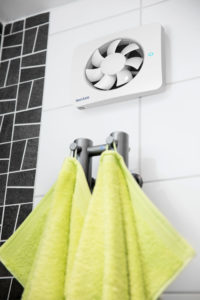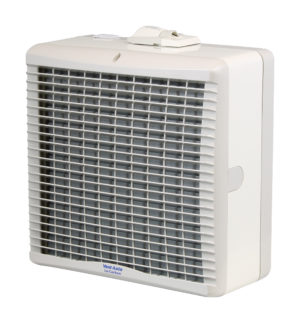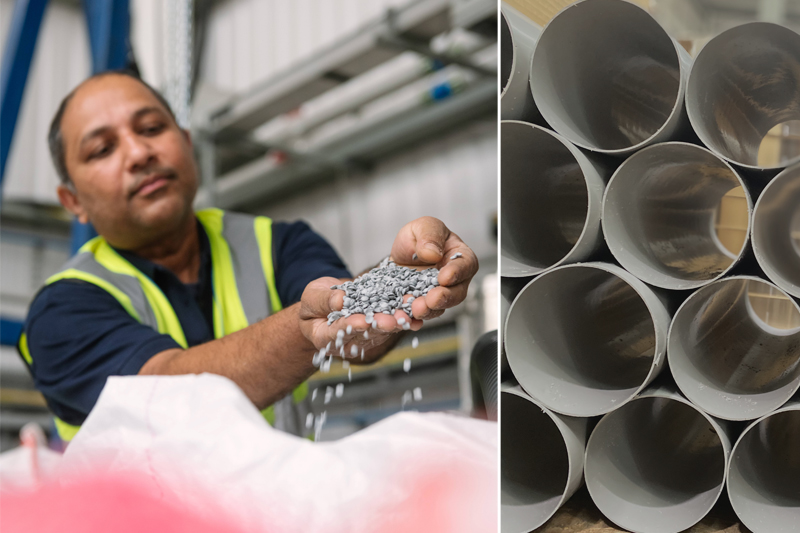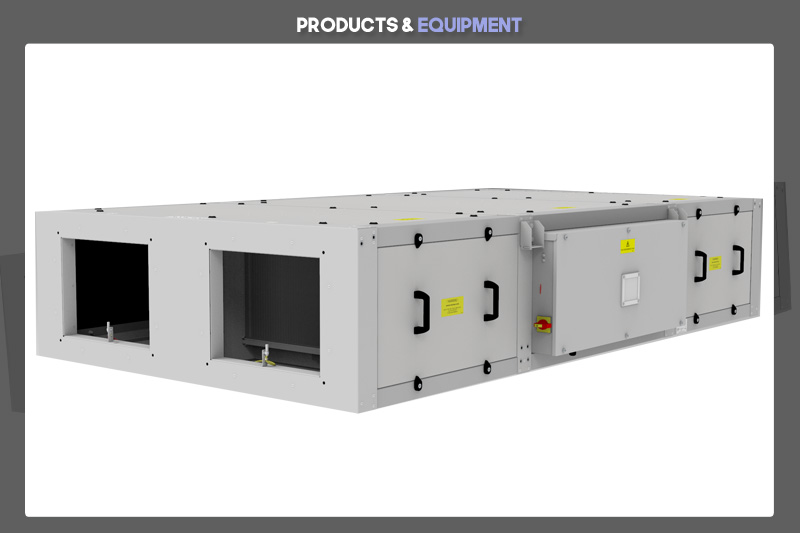A raft of research confirms Covid-19 is airborne and the positive effect of ventilation in tackling transmission. Jenny Smith, Head of Marketing at Vent-Axia, explains more about how ventilation can fight COVID and how electrical wholesalers are ideally placed to act as a source of information for their customers.

Maintaining good indoor air quality (IAQ) and reducing Covid-19 transmission are essential both at home and when in pubs, gyms and other indoor environments where transmission rates are far higher than outdoors.
Ventilation is vital to help reduce Covid-19 transmission. Public Health England guidance acknowledges airborne transmission can occur in ‘poorly ventilated’ spaces. Add to this the Government’s public information campaign which highlights how ventilating indoor spaces can reduce the risk of coronavirus infection by over 70%1 and it’s clear that improving ventilation is key.
Electrical wholesalers have stayed open during lockdown to provide an essential service. As well as supplying installers with vital ventilation products, they are also able to keep electricians up-to-date with the latest information on tackling Covid-19 with ventilation. Fortunately, Vent-Axia has produced a helpful brochure which brings together guidance and information on using ventilation to reduce virus transmission, which can be used by wholesalers to educate their customers.
Effective ventilation
While many people are opening windows to reduce virus transmission, using extractor fans removes the virus more quickly. This is highlighted in the Government’s recent public information film ‘Hands. Face. Space’2. So, when electricians are evaluating existing ventilation, wholesalers can advise on the best solutions to achieve sufficient ventilation, if needed, to reduce the potential concentration of virus in the air.
Ventilation helps reduce indoor pollution and transmission risk by bringing in fresh air and exhausting stale, potentially virus-laden, air. The higher the airflow, the more effective the ventilation will be in reducing transmission. Therefore, wholesalers should always recommend that ventilation systems are set up to maximise the amount of fresh air in a room and, essentially, that air is not re-circulated. Systems should always supply as much outside air as possible.
With a wide range of domestic and commercial ventilation solutions available, what should wholesalers be recommending to their customers that both improve IAQ and also help reduce viral transmission?
Domestic solutions
First up is whether it’s for retrofit or new build. For retrofit it’s a straightforward job to upgrade existing ventilation in bathrooms, kitchens and other ‘wet’ rooms. Here there are three good options to recommend. The latest intermittent extractor fans, triggered either by a humidistat or light switch, are simple to install in place of an older fan. Alternatively, Single Room Heat Recovery (SRHR) uses the heat from the extracted stale air to warm up the incoming fresh air, providing ventilation whilst also saving energy. Meanwhile, Positive Input Ventilation (PIV) pushes out any stale air and replaces it with filtered air from outside, increasing the circulation of fresh air and improving IAQ.
For electricians working on new builds, wholesalers can recommend whole house ventilation. MVHR (Mechanical Ventilation with Heat Recovery) is a whole house ventilation system that continuously supplies filtered air and extracts continuously at a low rate, with a boost facility when required meeting Building Regulations Part F System 4.

Commercial solutions
When advising electricians working in gyms and pubs, ease of installation and replacement are important factors – making not only the installers life easier but also helping reassure business owners that upgrading ventilation isn’t a big job. Modern extract/supply fans are ideal for supplying extra airflow and can easily be retrofitted to reliably supply effective ventilation whilst being energy efficient, helping reduce running costs. For example, Vent-Axia’s Lo-Carbon T-Series Fan range offers high performance ventilation with low running costs.

Alternatively, if a customer is investing in a whole ventilation system upgrade, Demand Energy Recovery Ventilation (D-ERV) systems have sophisticated controls and sensors that can be used to easily adapt a system to the new Covid-19 requirements, providing ventilation appropriate to occupant needs. For instance, Vent-Axia’s Sentinel Totus² D-ERV has a range of sensors, such as CO2, PIR occupancy detection, humidity or temperature to determine the room’s air quality, adjusting the ventilation requirements automatically and managing the system’s ventilation rates accordingly.
With aerosol transmission confirmed and the Government repeatedly suggesting ventilation as a way to reduce transmission indoors, it’s clear that effective ventilation is essential in the fight against Covid-19. Wholesalers can make a real difference for homes and businesses by suggesting the right kind of ventilation for each job that will provide enough airflow to dilute the virus in the air and improve IAQ.
FOR FURTHER INFORMATION
Vent-Axia has consolidated all the useful information and guidance in a guide called ‘The Effect of Ventilation on COVID-19’ and a companion webpage: https://www.vent-axia.com/https://www.vent-axia.com/sites/default/files/102108_the_effect_of_ventilation_on_covid-19.pdf





